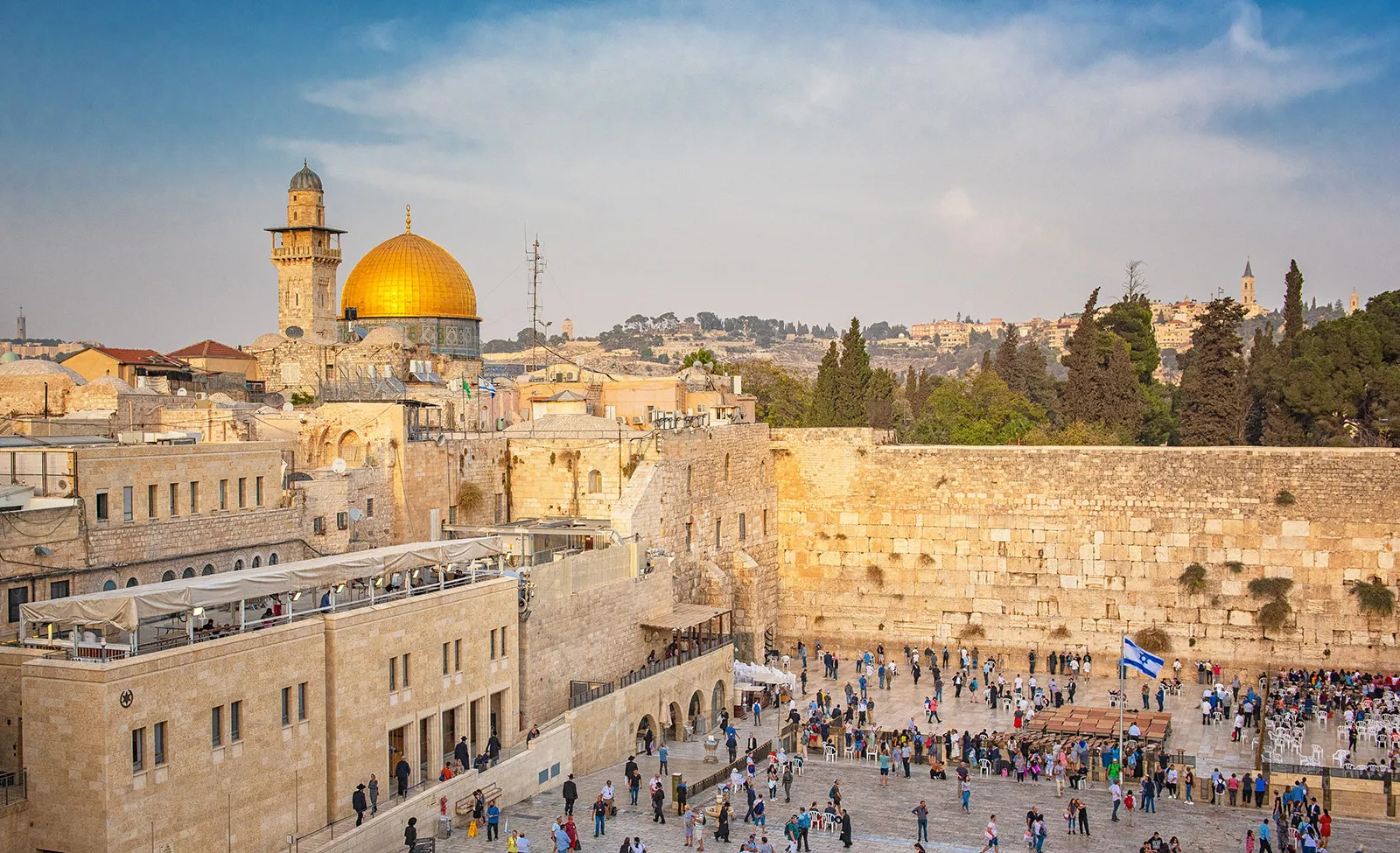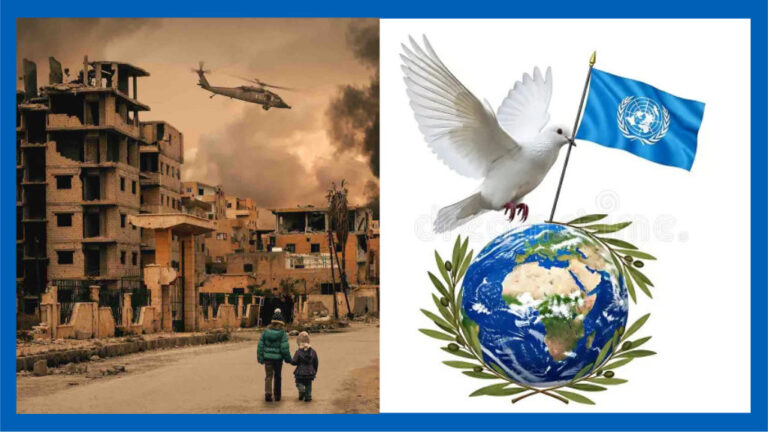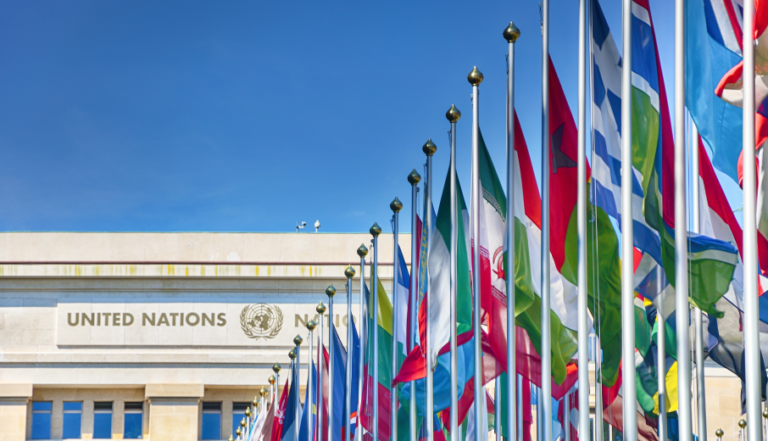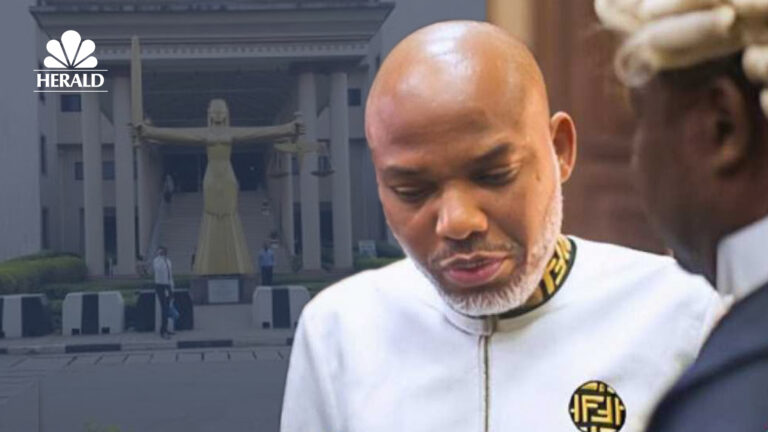
Introduction: The Enduring Importance of Jerusalem and the Middle East Conflict
Jerusalem’s historical significance is immeasurable, and the city plays a central role in shaping the religious and political dynamics of the Middle East. Jerusalem has been a focal point of worship and pilgrimage for centuries, revered by Jews, Christians, and Muslims alike. However, this deep religious attachment has made the city a symbol of conflict, with competing claims over its status fueling tensions that continue to define the Middle East conflict today.
The Middle East conflict, often characterized by the Israeli-Palestinian struggle, has its roots in establishing the modern state of Israel. Still, its origins stretch back much further, to the period of the Ottoman Empire and even earlier. At the heart of the dispute lies Jerusalem, whose religious and historical significance has turned the city into a highly contested territory.
To fully understand the conflict’s complexity, it is necessary to delve into Jerusalem’s history, the evolution of competing national identities, and the ways in which foreign powers have influenced the region. In this report, we will explore these layers to shed light on how Jerusalem’s deep historical significance continues to drive the Middle East conflict today.
Jerusalem’s Religious and Cultural Significance
Jerusalem’s status as a city of profound religious importance cannot be overstated. For Jews, it is the site of the ancient Temple Mount, the location of the First and Second Temples, which are central to Jewish history and identity. For Christians, Jerusalem is the city where Jesus Christ was crucified, buried, and resurrected, making it a pilgrimage destination for millions of Christians each year. For Muslims, the city is home to the Al-Aqsa Mosque, the third holiest site in Islam and the site of the Prophet Muhammad’s night journey.
Throughout history, Jerusalem has seen many conquerors—Romans, Byzantines, Crusaders, Ottomans, and more—who sought control over the city for religious and political reasons. The city’s status as a sacred space for multiple faiths has made it a flashpoint in conflicts that have spanned centuries.
This complex religious significance is central to understanding the Middle East conflict. Competing religious narratives and territorial claims, particularly surrounding Jerusalem, have fueled the political and ideological divides that continue to drive the region’s tensions today.
The Impact of Colonialism on Jerusalem and the Middle East
The roots of the Middle East conflict are also deeply intertwined with colonial history. After World War I, the British Empire took control of Palestine, including Jerusalem, under the League of Nations mandate. The promises made by the British to both Jews and Arabs set the stage for conflict. The Balfour Declaration of 1917, which supported the establishment of a Jewish homeland in Palestine, contradicted earlier assurances to the Arab population regarding their independence.
In the years following the British mandate, tensions between Jews and Arabs in Palestine escalated as both groups sought to assert control over the land. The city of Jerusalem became a symbol of this broader conflict, as both Jews and Arabs laid claim to the city.
The impact of European colonialism on the Middle East cannot be underestimated. Colonial powers drew arbitrary borders, ignored ethnic and religious divisions, and left behind a legacy of division and resentment. These factors continue to play a role in the Middle East conflict, with many of the region’s modern challenges rooted in the legacies of colonialism.
The Creation of Israel and the Modern Middle East Conflict
The creation of the state of Israel in 1948 is often considered the starting point of the modern Middle East conflict. The establishment of Israel was met with strong opposition from the Arab world, leading to the first Arab-Israeli war. Jerusalem, once again, was a key battleground. Following the war, Jerusalem was divided between Israel and Jordan, with Israel controlling the western part of the city and Jordan controlling the eastern part, including the Old City, which houses the Temple Mount, the Western Wall, and the Al-Aqsa Mosque.
In 1967, during the Six-Day War, Israel captured East Jerusalem and declared the city its capital, a move that was met with international condemnation and has remained a point of contention ever since. The status of Jerusalem continues to be one of the most contentious issues in the Israeli-Palestinian conflict, with both Israelis and Palestinians claiming it as their capital.
The international community remains divided on Jerusalem’s status. While Israel considers the city its undivided capital, many countries and international organizations support the idea of a shared city, with East Jerusalem serving as the capital of a future Palestinian state. The conflict over Jerusalem is not just about territory but also about national identity, religious significance, and sovereignty.
The Role of the United States and International Involvement
The role of foreign powers, particularly the United States, has been a significant factor in shaping the trajectory of the Middle East conflict. U.S. policy has fluctuated over the decades, with shifts between supporting Israel and attempting to broker peace between Israel and the Palestinians. In recent years, the U.S. recognition of Jerusalem as Israel’s capital in 2017 was a highly controversial decision that further entrenched divisions in the region.
Other international players, including the European Union, the United Nations, and regional powers like Iran and Saudi Arabia, have also shaped the conflict. These powers often have competing interests, further complicating efforts to reach a lasting peace agreement.
Despite numerous peace initiatives, including the Oslo Accords and the Camp David Summit, a resolution to the Middle East conflict remains elusive. The continued involvement of foreign powers in the region adds another layer of complexity to an already fraught situation.
The Ongoing Struggle: Peace or Continued Conflict?
The Middle East conflict concerns not only the past but also the present and future. As Jerusalem remains at the heart of the dispute, the question of how to resolve it becomes more pressing. The stakes are high for the people living in Jerusalem and the broader region. The city’s religious significance is matched by its political importance, making it central to any peace agreement.
The two-state solution, which envisions a separate Israeli and Palestinian state with Jerusalem as a shared capital, remains the most widely discussed framework for resolving the conflict. However, deep divisions on both sides and external political pressures have made this solution difficult to implement.
While there are occasional periods of calm, the Middle East conflict is far from over. Each year, tensions flare and hopes for peace are dashed by violence, political shifts, and entrenched ideologies. Yet, as the international community continues to search for a lasting solution, Jerusalem’s historical significance remains a central piece of the puzzle.
Conclusion: The Path Ahead
Jerusalem’s historical significance is inextricably linked to the broader Middle East conflict. Understanding this history is key to addressing the political, religious, and social issues that continue to shape the region today. As the world watches, the path forward remains uncertain. Will the international community succeed in facilitating peace, or will the conflict continue to deepen?
To move toward a resolution, all parties must acknowledge the city’s symbolic and practical significance to both Israelis and Palestinians. The future of Jerusalem—and the Middle East—is still in the balance.






